Travel in February 2025 | 2025年二月的旅行
Central Vietnam 越南中部
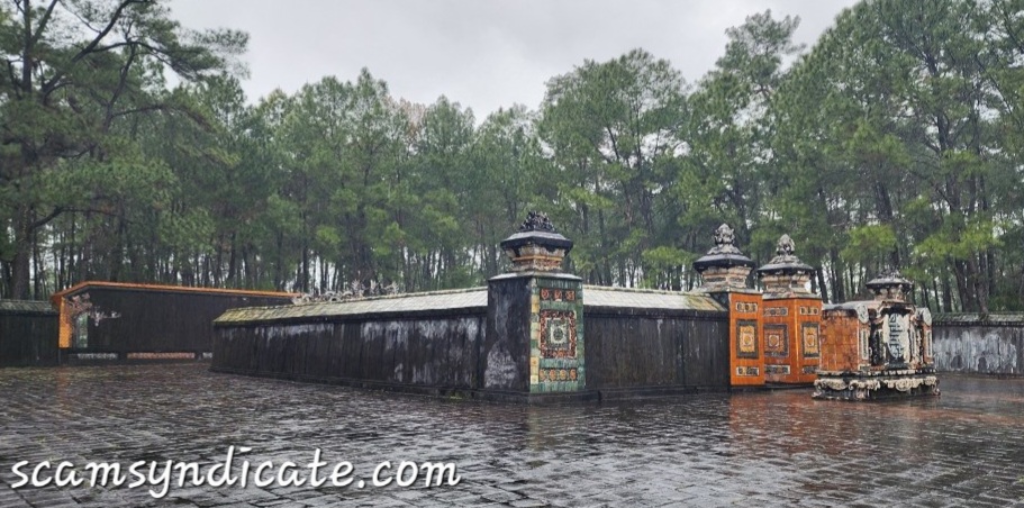
Stretching from the cloud-kissed peaks of the Annamite Range to the turquoise waters of the East Sea, Central Vietnam is a captivating tapestry of UNESCO-listed wonders and untouched beauty. This cultural heartland boasts three crown jewels: Hue’s Imperial City with its dragon-adorned palaces, Hoi An’s lantern-lit Ancient Town where 18th-century merchant houses still stand, and Da Nang’s golden beaches backed by marble mountains. Beyond the urban treasures, the region unfolds with the world’s largest cave system in Phong Nha-Ke Bang National Park, the Cham ruins of My Son whispering 4th-century Hindu legends, and the serpentine Hai Van Pass offering coastal vistas immortalized by Top Gear. Food pilgrims flock here for the nation’s most refined cuisine—from Hue’s imperial banquets to Hoi An’s cao lầu noodles made with water from secret wells. Whether cruising the Perfume River past royal tombs, cycling through coconut palm villages, or learning silk weaving from fourth-generation artisans, Central Vietnam delivers an authentic encounter with the soul of the country—where history lives in the present tense.
从云雾缭绕的长山山脉到碧波万顷的中国南海,越南中部像一幅由世界遗产与原始风光织就的瑰丽画卷。这片土地孕育着三大瑰宝:龙纹金殿林立的顺化皇城、百年商埠与会安灯笼交相辉映的古镇,以及背靠五行山的岘港金沙滩。更令人惊叹的是,这里还藏着世界最大的洞穴群——峰牙己榜国家公园,诉说四世纪占婆王朝传说的美山遗址,和被《Top Gear》誉为全球最美海岸公路的海云关。美食家为越南最精致的料理而来:从顺化宫廷宴到用古井水制作会安高楼面,每一口都是时光的滋味。无论是乘船沿香江探访皇陵,骑行穿越椰林村落,还是向第四代传人学习丝绸织造,越南中部总能以最本真的方式,让您触摸这个国度跳动的心脏——在这里,历史从未褪色,始终鲜活。
🌟7D6N Central Vietnam Tour Part 1🌟
🏝️ Day 1: Seafood & Incense Magic
Our gang of 8 flew straight from Singapore to Da Nang! Hopped into our private van and zoomed to Lang Co Beach 🏖️ – slurped the freshest crabs while waves crashed nearby. Next stop: Thuy Xuan Incense Village where rainbow-colored incense sticks dried in the sun like art! Ended the day at Thien Mu Pagoda ⛩️, its 7-tier tower glowing golden at sunset. Checked into a hotel near Hue Night Market – grilled pork skewers for dinner = perfection!
👑 Day 2: Royal Adventures
Morning at Hue Imperial City 🏯 – walked through giant gates where kings once ruled! Saw the mix of French + Vietnamese designs at Tomb of Emperor Tu Duc, then the cute pink Phuoc Tich Church. Shopped at Aeon Mall Hue 🛍️ (aircon salvation!). At night, Truong Tien Bridge lit up like a disco ball 💡 – ate banh ep (crispy rice cakes) at the buzzing riverside market.
🚠 Day 3: When Plan B Turns Out Better!
(Story continues…)
🌟7 天 6 夜越南中部之旅第一部🌟
🏝️ 第一天:海鲜与香村奇遇
我们8人从新加坡直飞岘港!包车直奔 陵姑海滩🏖️,现捞的螃蟹蘸辣椒酱鲜到舔手指~ 接着去 水春制香村,看阿姨们把香粉搓成彩虹色,晒满院子像巨型蜡笔!傍晚的 天姥寺⛩️ 超震撼,七层佛塔映着夕阳超好拍。夜宿顺化夜市旁,烤猪肉卷+甘蔗汁爽翻天!
👑 第二天:当一日皇室
上午玩转 顺化皇城🏯,在太和殿假装自己是越南皇帝😂 参观 嗣德皇陵 的中西混搭建筑,再去少女心爆棚的 粉红芳积教堂💒。躲进 永旺商场🛍️ 吹冷气买腰果~ 晚上 长前桥 灯光秀美哭!夜市狂扫椰子糖和刺绣小包,河畔边吃边嗨~
🚠 Day 3:B计划也精彩!
(故事待续…)
Hue Vietnam 越南顺化
Once the royal capital of Vietnam under the Nguyen Dynasty, Hue is a city where history whispers through ancient citadels, ornate pagodas, and serene riverside landscapes. At its heart lies the UNESCO-listed Imperial City, a vast complex of palaces, temples, and gates that showcase Vietnam’s feudal grandeur. The Perfume River gracefully winds past iconic landmarks like Thien Mu Pagoda and the royal tombs of emperors, each telling stories of a bygone era. Hue is also celebrated for its refined cuisine, featuring delicate dishes like bun bo Hue (spicy beef noodle soup) and banh khoai (crispy pancakes). With its blend of cultural depth, architectural splendor, and poetic natural beauty, Hue offers an unforgettable journey into Vietnam’s regal past.
作为越南阮朝的古都,顺化是一座被古城墙、精美佛塔与静谧香江环绕的历史名城。拥有世界文化遗产顺化皇城,这座庞大的宫殿建筑群展现了越南封建王朝的辉煌气度。香江蜿蜒流过天姥寺和皇家陵墓等标志性景观,每一处都诉说着往昔的故事。顺化美食同样闻名,如顺化牛肉粉和香脆的班煎饼等精致菜肴令人回味。融合文化底蕴、建筑瑰丽与诗意的自然风光,顺化为游客开启一场穿越越南皇家历史的难忘之旅。
🦞 Lang Co Beach & Seafood 陵姑湾与海鲜 🏖️
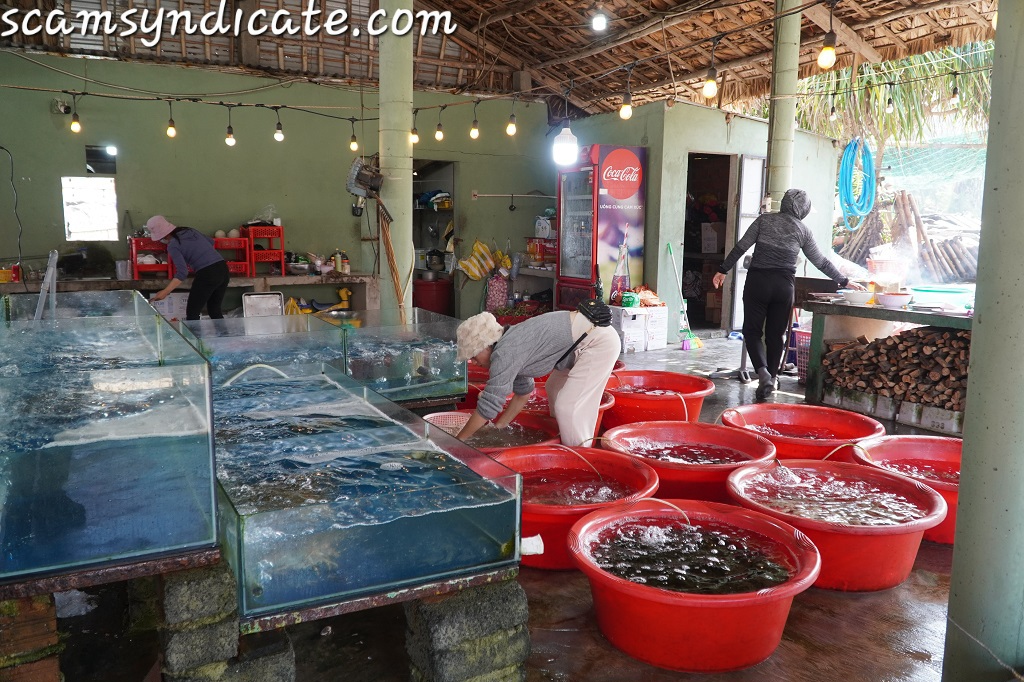

A 10km crescent-shaped beach en route to Da Nang.
– Must-Eat: Grilled “bánh canh” crab cakes & garlic butter lobster.
– Stay: Beachfront resorts like Angsana Lang Co.
📌 Tip: Visit Lang Co Market at dawn for fresh catches!
岘港途中的10公里新月形海滩。
– 必吃:炭烤蟹肉饼与蒜香黄油龙虾。
– 住宿:兰珂悦椿庄等海滨度假村。
📌 贴士:清晨到 陵姑市场 抢购现捕海鲜!


🎎 Thuy Xuan Incense Village 水春制香村 🌸
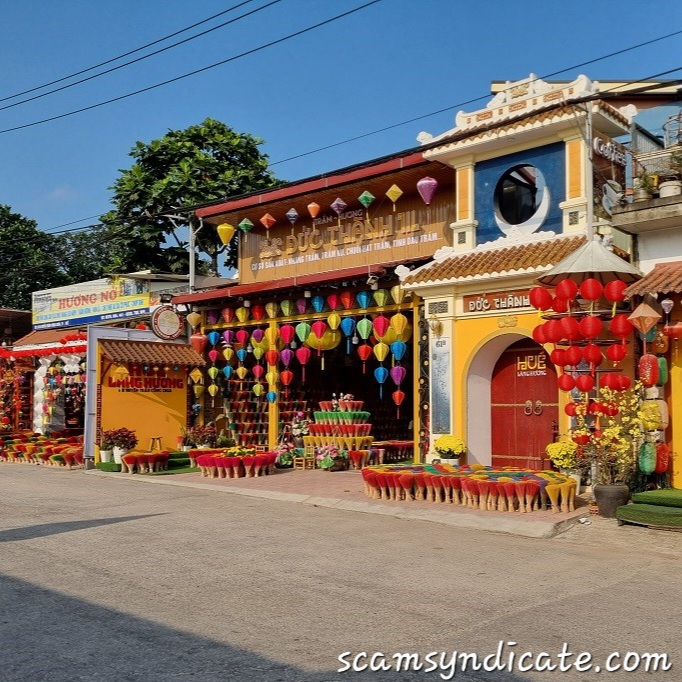

A 100-year-old village crafting vibrant bamboo incense sticks.
– Workshop Tour: Learn dyeing & drying techniques.
– Photo Op: Rainbow stacks of incense in sunlight.
📌 Tip: Buy natural lemongrass/cinnamon incense as souvenirs.
百年历史的手工制香村,竹签染成七彩后晒干。
– 体验:参观染色与晒香过程。
– 拍照:阳光下成排的彩虹香超吸睛。
📌 贴士:购买柠檬草/肉桂天然香作手信。

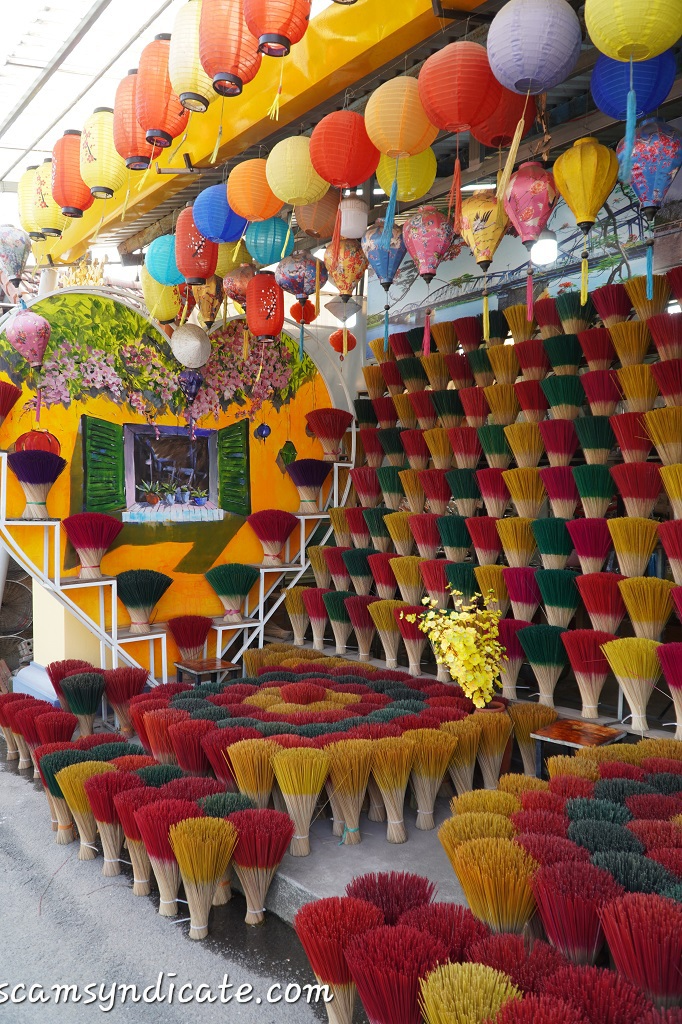
⛩️ Thien Mu Pagoda 天姥寺
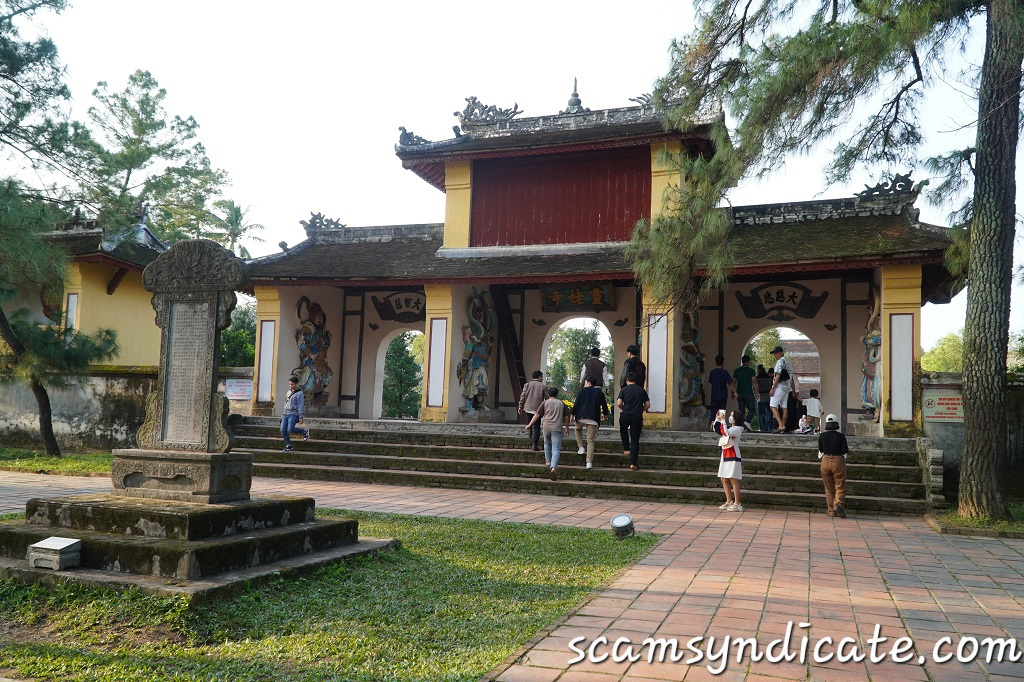
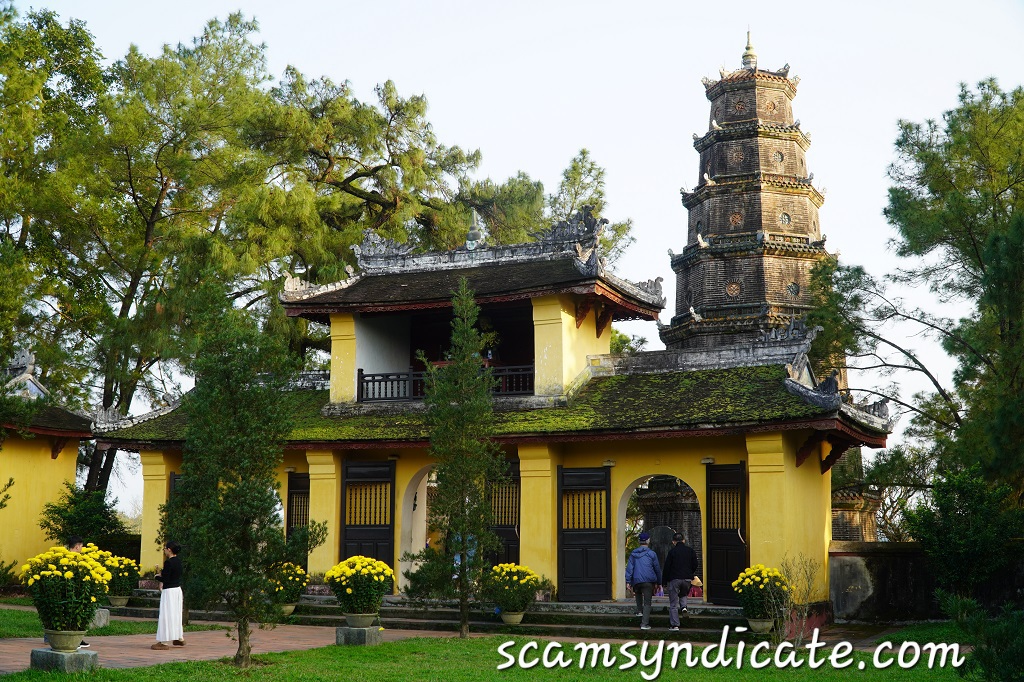
Hue’s oldest Buddhist pagoda (1601), famed for its 7-story octagonal tower (Phuoc Duyen) overlooking the Perfume River.
– History: The pagoda’s Austin car (displayed onsite) carried monk Thich Quang Duc to his 1963 self-immolation in Saigon.
– Activities: Join monks for 6AM chanting or release river lanterns at dusk.
顺化最古老佛寺(1601年),地标 七层福缘塔 俯瞰香江。
– 历史:寺内陈列的奥斯汀汽车曾载释广德法师至西贡自焚。
– 体验:清晨6点听僧侣诵经,或傍晚放河灯。


🏯 Hue Imperial City (The Citadel) 顺化皇城

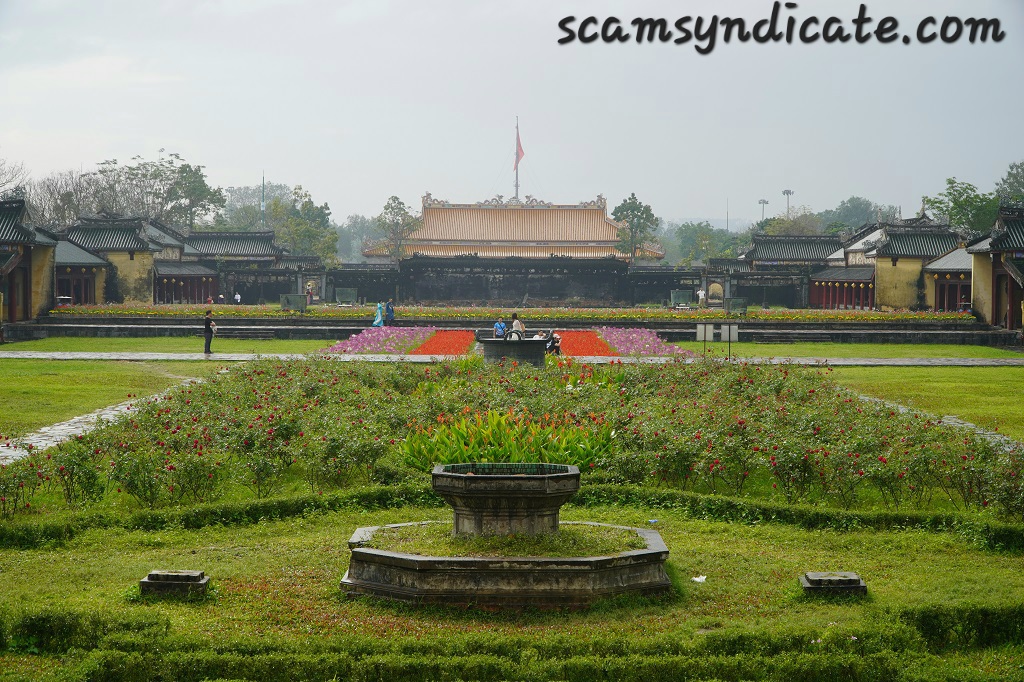
A UNESCO World Heritage Site and Vietnam’s last imperial capital (1802-1945). Explore the vast 520-hectare complex with:
– Forbidden Purple City: Exclusive royal residence (partially restored after wars).
– Thai Hoa Palace: Gold-lacquered throne hall for grand ceremonies.
– Nine Dynastic Urns: Bronze monuments symbolizing Nguyen Dynasty power.
📌 Tip: Hire a guide to decode hidden symbolism in architecture!
世界文化遗产,越南末代皇都(1802-1945)。占地520公顷,必看亮点:
– 紫禁城:皇室私密居所(战后部分修复)。
– 太和殿:金漆龙椅,举行大典之地。
– 九鼎:象征阮朝权力的青铜巨鼎。
📌 贴士:雇导游解读建筑中的隐秘符号!
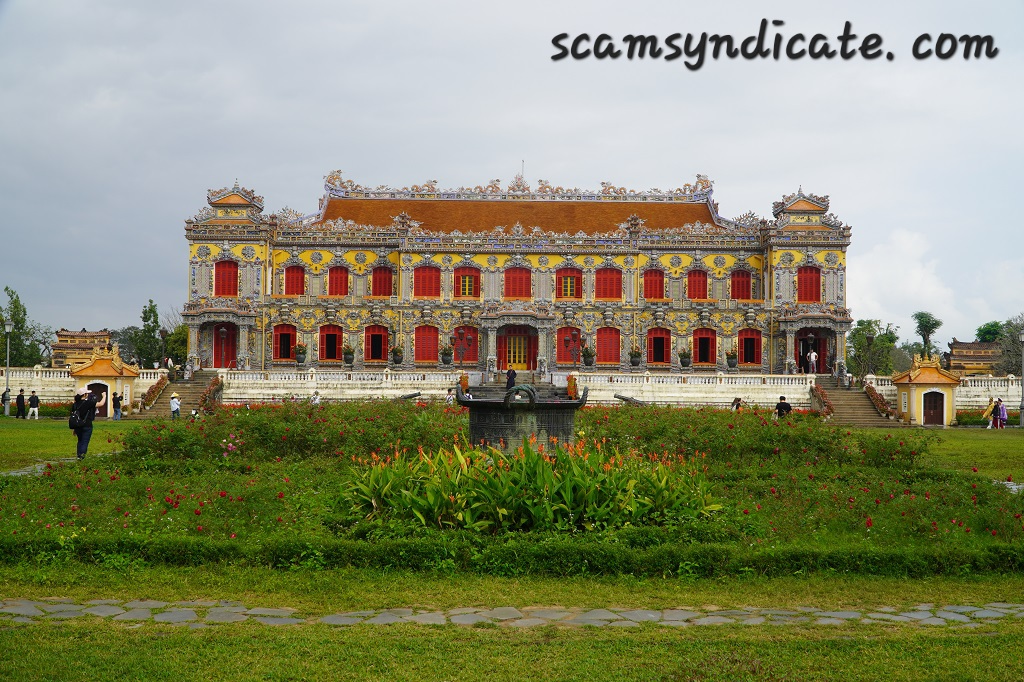

👑 Royal Tombs 皇陵群 🏞️
Mausoleum of Emperor Minh Mang ⚖️ 明命皇陵
Symmetrical design reflecting Confucian philosophy, surrounded by mountains & lakes.
对称布局体现儒家思想,山水环绕气势恢宏。
🎎 Tomb of Dong Khanh 同庆皇陵
Blends Vietnamese folk art with French colonial influences.
融合越南民间艺术与法式殖民风格。


🎋 Tomb of Tu Duc 嗣德皇陵
Emperor Tu Duc’s poetic retreat with lotus ponds, pavilions, and his hidden burial site.
嗣德帝的“谦陵”,结合园林与隐秘陵墓,碑文由皇帝亲撰。
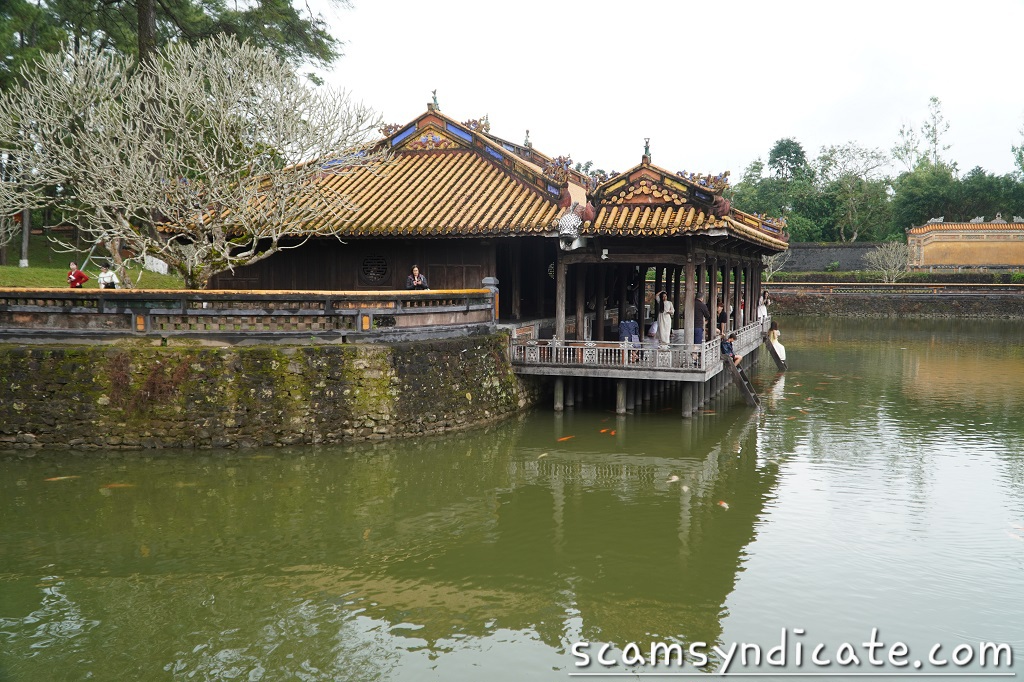

🌉 Thanh Toan Bridge 清关桥
18th-century Japanese-style covered bridge with a village museum.
18世纪日式廊桥,桥头有小博物馆。
⛪ Francis Xavier Church (Nhà thờ Phanxicô Xaviê) 越南芳积天主堂
A striking neon pink Gothic church built in 1902 by French missionaries, blending European architecture with Vietnamese floral motifs.
– Unique Feature: The bell tower’s spiral staircase offers panoramic views of Hue’s countryside.
– Mass Times: 5AM & 5PM daily (visitors welcome outside services).
– Photography Tip: Visit at sunrise for soft light on the pink facade.
1902年法国传教士建造的 粉红哥特式教堂,融合欧洲风格与越南雕花元素。
– 亮点:钟楼螺旋楼梯可俯瞰顺化田园风光。
– 弥撒时间:每日5:00和17:00(非礼拜时段可参观)。
– 拍照贴士:日出时粉墙光线最柔和。
🌈 Truong Tien Bridge 长前桥

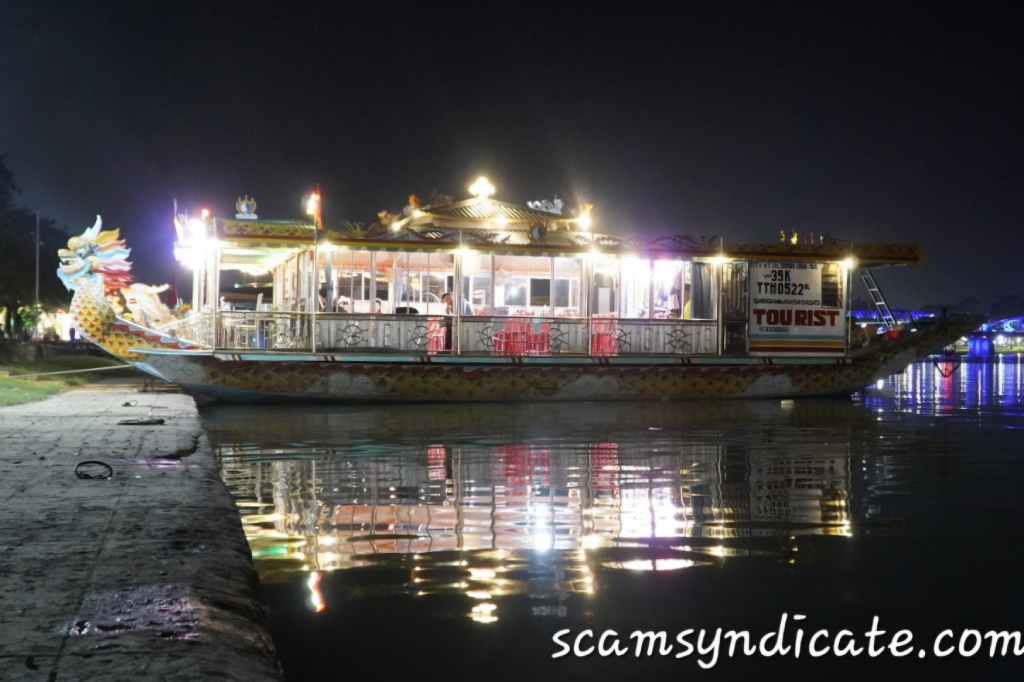
Iconic 1900s iron bridge – light shows at 7PM nightly.
1900年代铁桥,每晚7点 彩虹灯光秀。
🌙 Hue Night Market 顺化夜市
Along Perfume River, try local specialties:
– Bun Bo Hue: Spicy beef noodle soup.
– Banh Loc: Shrimp & pork tapioca dumplings.
⏰ Open: 6PM-11PM | Best for: Silk scarves & conical hats.
香江畔夜市必吃:
– 顺化牛肉粉:辣味牛肉米线。
– 虾肉水晶饺:木薯粉包裹虾仁猪肉。
⏰ 时间:18:00-23:00 | 必买:丝绸围巾与斗笠。

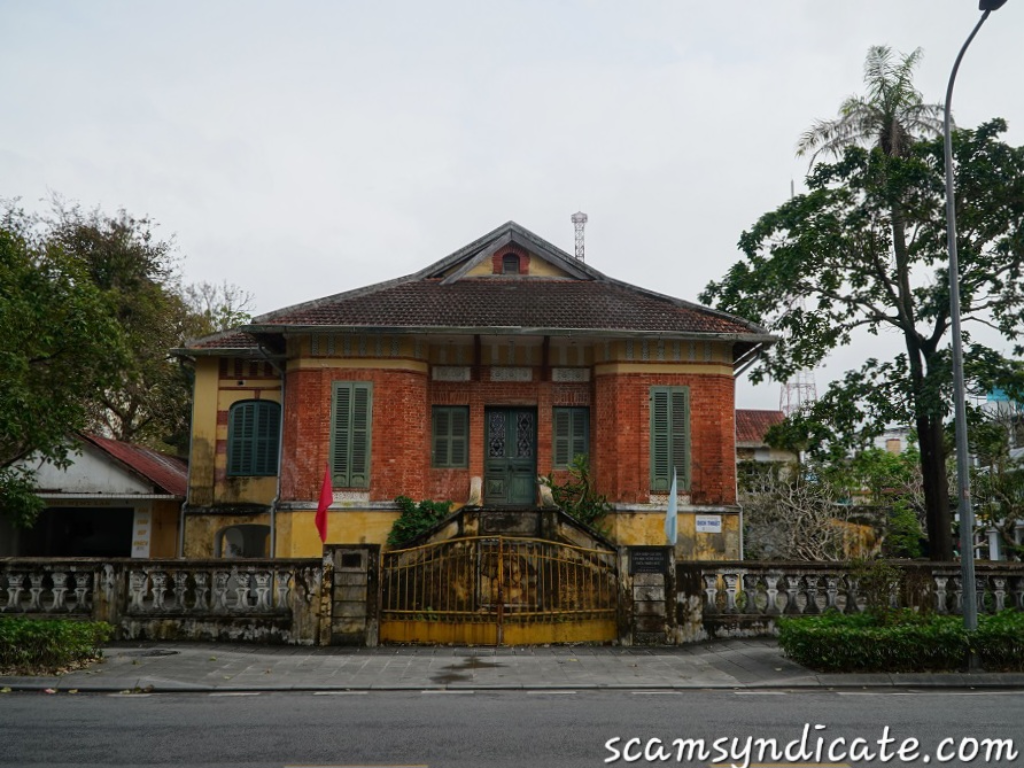
🌊 Tam Giang Lagoon 三江泻湖 🚤
Southeast Asia’s largest lagoon (22km long) – a serene waterworld of floating villages, fish farms, and golden sunsets.
– Best Experience: Join a sunset boat tour with local fishermen.
– Try: Freshwater clams cooked in lemongrass.
📌 Tip: Visit between Dec-Mar for calm waters & clear skies.
东南亚最大潟湖(长22公里)——漂浮渔村、水产养殖与绝美日落。
– 最佳体验:加入渔民 日落乘船游。
– 必尝:香茅煮淡水蛤蜊。
📌 贴士:12-3月游览,水面平静天气晴好。
🌿 Bach Ma National Park 白马国家公园 🌳
A biodiversity hotspot with 1,400+ plant species and rare animals like the saola.
– Dohe Waterfall: 300m cascades with natural pools.
– Hai Vong Dai: Summit viewpoint (1,450m) overlooking the coast.
📌 Tip: Stay overnight at French-colonial villas for misty sunrise views!
生物多样性天堂,有1400+植物物种及中南大羚等濒危动物。
– 五湖瀑布:300米层叠瀑布与天然泳池。
– 海云台:海拔1450米观景台,俯瞰海岸线。
📌 贴士:入住法式老别墅,晨雾日出超梦幻!
🐉 Thuy Tien Lake Abandoned Park 水仙湖废弃水上乐园
A post-apocalyptic dragon-themed water park (opened 2004, abandoned 2011) reclaimed by nature.
– Must-See: The giant dragon head emerging from the lake, covered in graffiti.
– Adventure Alert: Wear sturdy shoes – broken tiles and rusted structures abound!
– Local Myth: Rumored to be haunted at night – visit before 4PM.
2004年开放、2011年废弃的 龙形水上乐园,荒废后充满末世感。
– 必看:湖中巨型龙头雕塑,布满涂鸦。
– 安全提示:穿防滑鞋,小心碎瓦锈铁!
– 都市传说:传闻夜晚闹鬼,建议 下午4点前 游览。